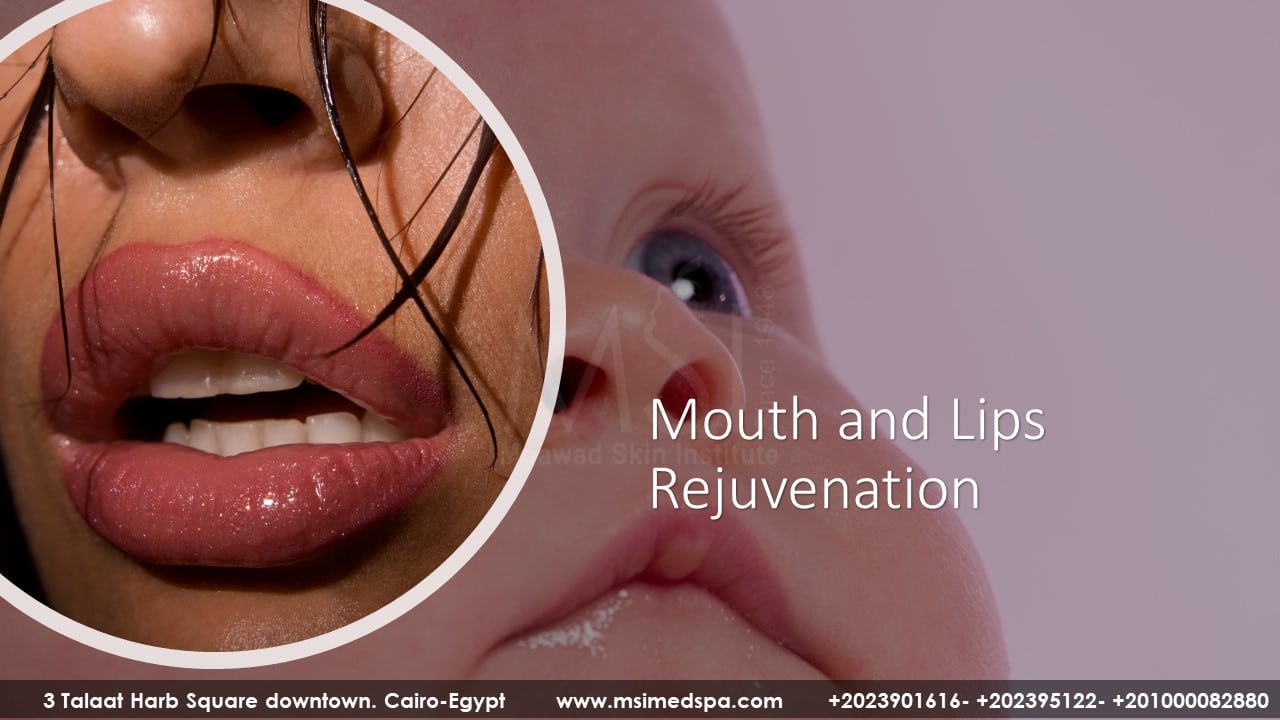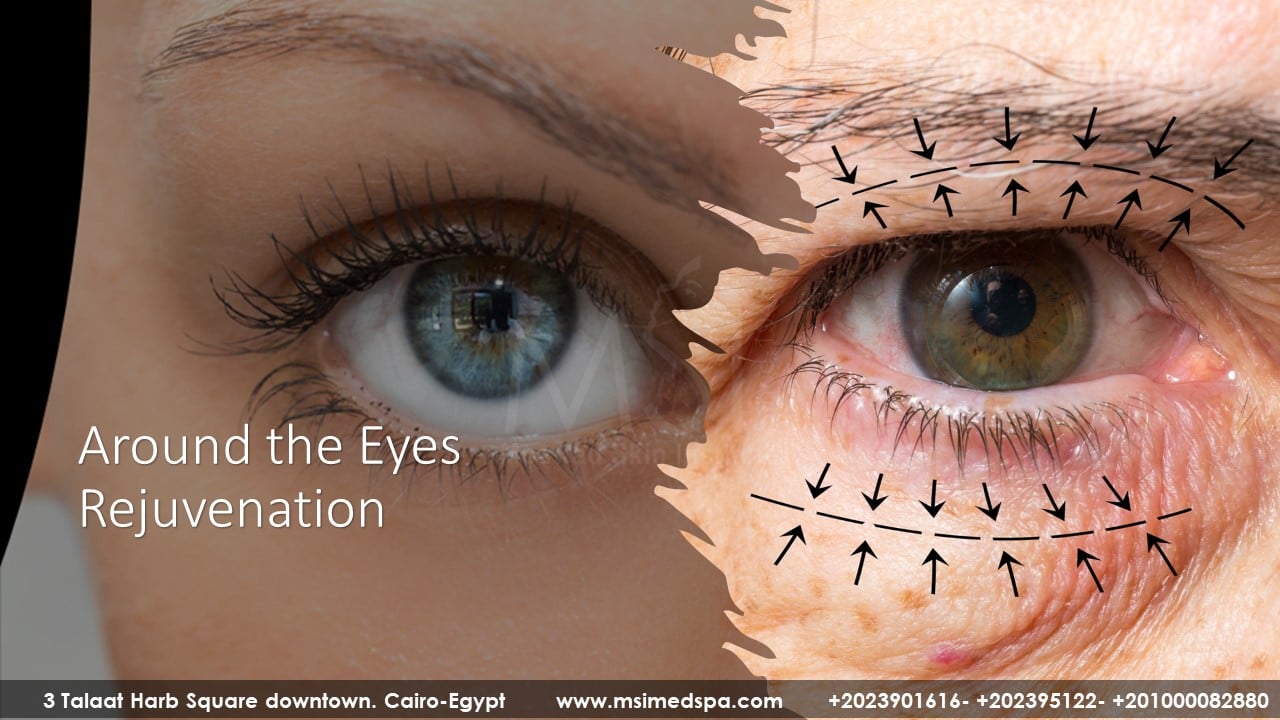[videopress spGg48iU]
Facial and neck aging results from the complex interplay between the body skeleton, facial retaining ligaments, soft tissue envelope, face, and neck fat compartments, and the overlying skin elasticity due to genetic and extrinsic factors. Gravity is responsible for a lifetime of downward pull upon the face and neck tissues. Coupled with a loss of ligamentous support and localized fat collection, it results in skin redundancy and loss of smooth skin contours. The First step for successful treatment is to diagnose skin problems; dark spots, red spots, scars, wrinkles, or skin folds. Improving the skin’s condition is mainly done with resurfacing procedures, laser and light therapy, daily skincare, and ultraviolet (UV) protection. Type two rejuvenation is more profound and targets decreased collagen, disorganized glycosaminoglycans, and elastin, manifested by superficial rhytides and is best treated with non-ablative mid-infrared lasers and intense pulsed light (IPL). Rejuvenation type three is most in-depth and targets deep dermal collagen disorders and skin laxity; here comes the role of fractional lasers, radiofrequency, infra-red light, ultrasound are the most effective). Loss and redistribution of sub-¬dermal fat in aging is handled with liposuction and Liquid facelift (Botox, fillers, and fat). Correction of soft tissue ptosis is usually surgically treated with a brow lift, mid-facelift, and lower face rhytidectomy or non-surgically by energy-based technologies such as radiofrequency or ultrasound. Clinical experience shows that combining multiple aesthetic therapies targeting numerous aspects of the aging process provides optimal results, with greater overall efficacy and a higher level of patient satisfaction. The goal of facial cosmetic surgery is to improve and refresh the appearance of the face and neck without any signs of apparent surgical intervention.

